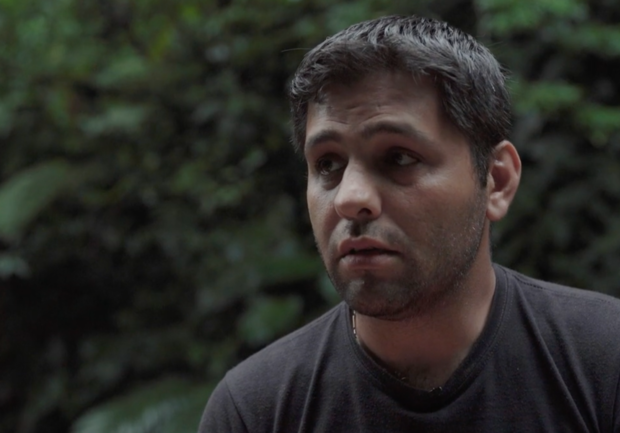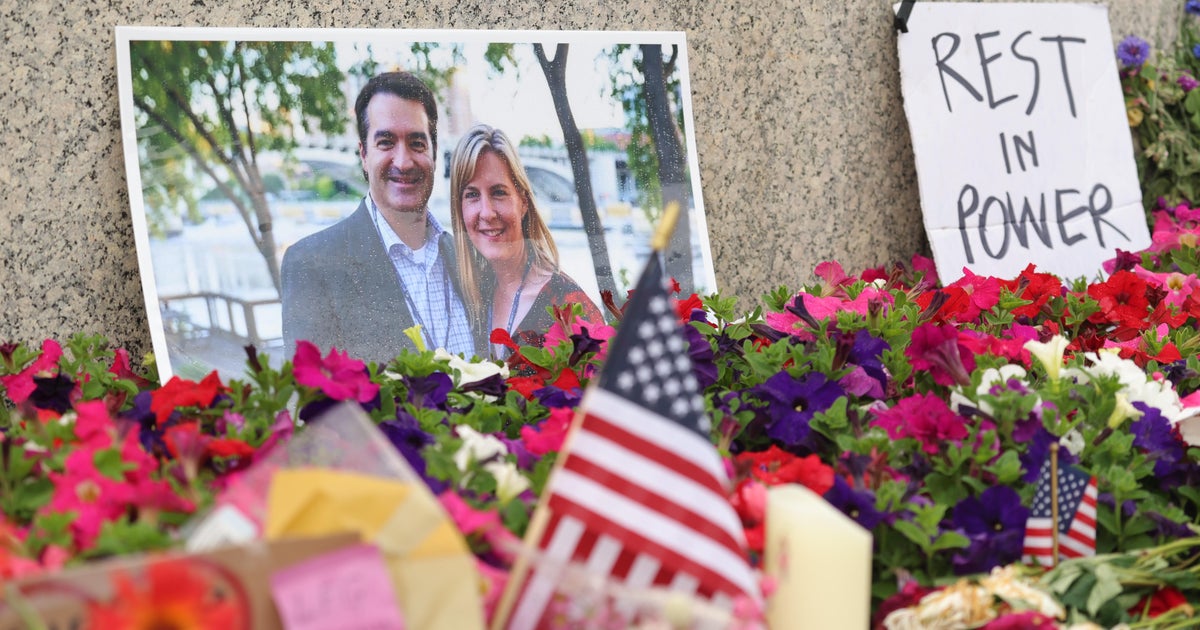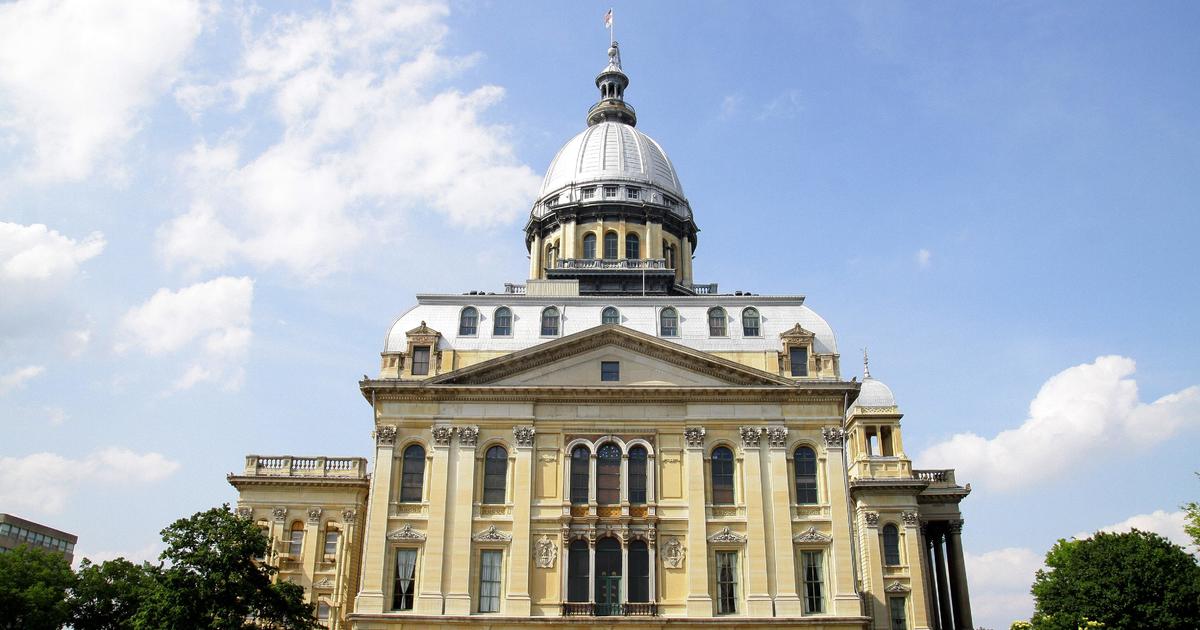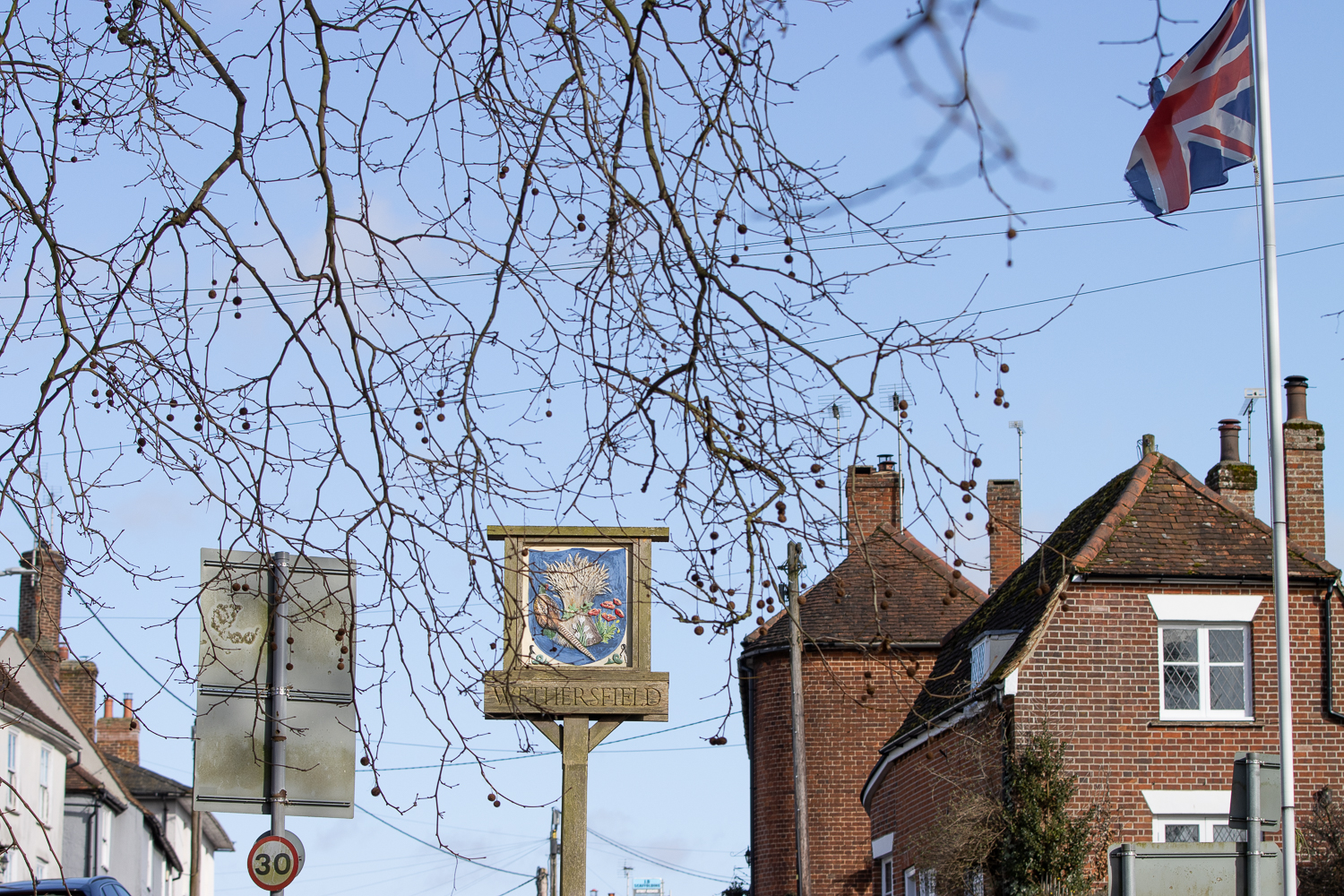The Darien Gap — A Desperate Journey
A 60-mile stretch of virgin jungle forms the border between Colombia and Panama. It's the only break in more than 19,000 miles of highway that connects the Arctic Ocean and the southern tip of South America.
It's called the Darien Gap -- it's a fabled, legendary no-man's land that's bedeviled the most storied adventurers, members of the American military, and legions of would-be migrants. But it doesn't put them off. Even today, tens of thousands of migrants a year risk their lives to cross it.
When the CBSN Originals team set out to cross the gap, we meet Shahab Shahbazi. He's from Iran, thousands of miles from home, sitting in a smuggler's home in the middle of nowhere, Colombia.
"I'm trying to find a life," he tells us. "I'm trying to find out if I can have a better life or not."
Shahab has a small bag with him, and no more clothes than those he already wears. Like many of the migrants we'll meet, he seems hideously under-prepared for a week-long, life-threatening trek.
"But... I got to go. I need life. I need more life," he says.
Migrants can arrive at the southern fringe of the jungle with relative ease, due to lax immigration policies in a number of South American countries. Under the cover of the jungle, they cross illegally from South into Central America. Some will pay smugglers -- often known as "coyotes" -- a few hundreds dollars to guide them through this notoriously difficult no-man's land. Other options are far easier -- like taking a boat or plane into Central America right up to the doorstep of the U.S. But they heighten the risk of capture and immediate deportation, a crushing setback for migrants when every step on the journey often means starting afresh from nothing.
This particular step comes with its own unique risks. Augustin, one of the smugglers we follow, says "The Darien Gap is... very dangerous. Because there are many hills, many rivers... many snakes, many jaguars. I've seen many people die. Not just one. Many." Added to that, there are violent paramilitary groups who control the drug smuggling corridor that runs parallel, but deeper inside the jungle.
The sheer physical ardour of the trek, however, is the biggest challenge, as we find. Usually within 30 minutes of setting out, we've waded through waist-deep waters, soaking our socks for the remainder of the day. Our wet, shriveled and blistered feet are impossibly painful. Most people on the route don't have a change of clothes.
"I don't have anything else," says Shahab. "One pair of pants," he says of his belongings.
The daily diet is just as meagre. It's rice, all day, with maybe a 1/4 of a can of tuna. It's bland, but it provides the calories we need to forge ahead, and it's relatively light.
At the end of a long day, we pepper Shahab with questions about his motivations. He speaks better Spanish than English, having spent years in Venezuela after fleeing Iran.
I ask Shahab, "What do you want to do when you get to the U.S.? If you get to the U.S.?"
"My professional trade is carpentry. I think I want to keep being a carpenter. If not, I'll be a chef. I'm going to see what I can find in the U.S."
He tells me about what he left behind. A family who doesn't know he's here in the Darien and a girlfriend in Venezuela.
"She's my love. She's my heart. I always think fondly of her. I miss her. And I think about where and when I can see her again."
The next morning, we pack up camp. Our guides tell us today will be hell. There's a steep ascent ahead -- perhaps the hardest part of the journey. And they warn that we have far too much baggage.
We've packed for a long journey -- three cameras and enough batteries to allow us to operate them for two weeks. Memory cards, backup drives to seal and secure our memories, sat phones and food. It's too much to carry, so out go "non-essentials" like toilet paper, 'extra' underwear, hand sanitizer.
As I jettison weight, a group of eight migrants catches up with us -- from halfway around the world, mostly India and Sri Lanka. Because of a deportation agreement between Panama and Latin American nations, the route is far less palatable to would-be migrants from those countries now. But the route is still plied daily by migrants from much farther afield who see it as a doorway to North America. Augustin, the smuggler, had told us: "Cubans, Haitians, Nepalese, Dominicans, from India, and yes, from Africa too. I calculate that I helped about 2,000. I guided them through and gave them help. Last year, they doubled in numbers."
Finally, we summit the mountain that's essentially the demarcation line between Panama and Colombia.
Shahab beams. "Look, I have one leg in Colombia, and another in Panama. Which side should I pee on? Pee on Colombia side?"
I speak to the migrants. One has family in Fresno, California. Others tell me they were desperate to flee their homes for political and economic reasons. The journey is not over, but this is a moment of triumph and euphoria for many of these guys.
The next morning, we're held up by the rain. One of the many things that makes Darien Gap so dangerous is the rain. This is one of the wettest places in the world. Others simply lose their way. According to Augustin, "People go in circles like a snail and they never make it. And many have come here like that and have never made it."
This is part of how the people smugglers justify their trade. Better that a desperate soul make it through the jungle than die trying. That night, Emerson the smuggler tells us how he gets involved leading migrants.
"I helped a lot of people. Particularly, women with children. Most people think we are bad. But, for me, if a person needs to go from there to here, and tell me, "I'm going to pay you ten dollars or five, or twenty, to take me to whatever location" and if I don't have a job, to me, this is good. Because many have passed through here and not made it. They have fallen. They have fallen and died.
After a week together, Shahab opens up about his reasons for leaving Iran. He claims his problems started after he converted from Islam to Christianity. He says he was arrested in a church and tortured in prison.
Shahab says: "I can't tell you all of the things that have happened to me. But when I was in Iran I practiced a different religion that caused problems with the government. I still can't go back, and I know that if I go back... It's possible that they'll hang me. I have a very, very big problem, but... my dream is bigger."
We were just ready to leave camp when we saw yet another migrant group. It's a big one, probably about 20 or so.
I meet a man who says he's from Eritrea.
"This is bad trip... bad trip, bad trip. Not coming here another time. This river. Very, very, very difficult."
His harrowing journey started in South Sudan. He transited through Uganda and Rwanda and then got to Brazil, and flew on to Peru. From there he made his way up to Ecuador, where he says he got mugged and robbed, before making it to Colombia. He has six more borders to cross before reaching the U.S.
For the next four hours, we crisscross the Darien's rivers to our final camp. The next day, Shahab and a steady stream of others will emerge from the jungle and turn themselves into the Panamanian authorities.
"What are you going to tell the police?" I ask.
"I'm a refugee. I'm a refugee because ... In Iran, I don't have life. I don't have ... security. I need... new life. New life."
Penniless, powered northwards by little more than the dream of a better life, Shahab hopes to gain passage. He has nothing, but Shahab believes God will lead the way.







